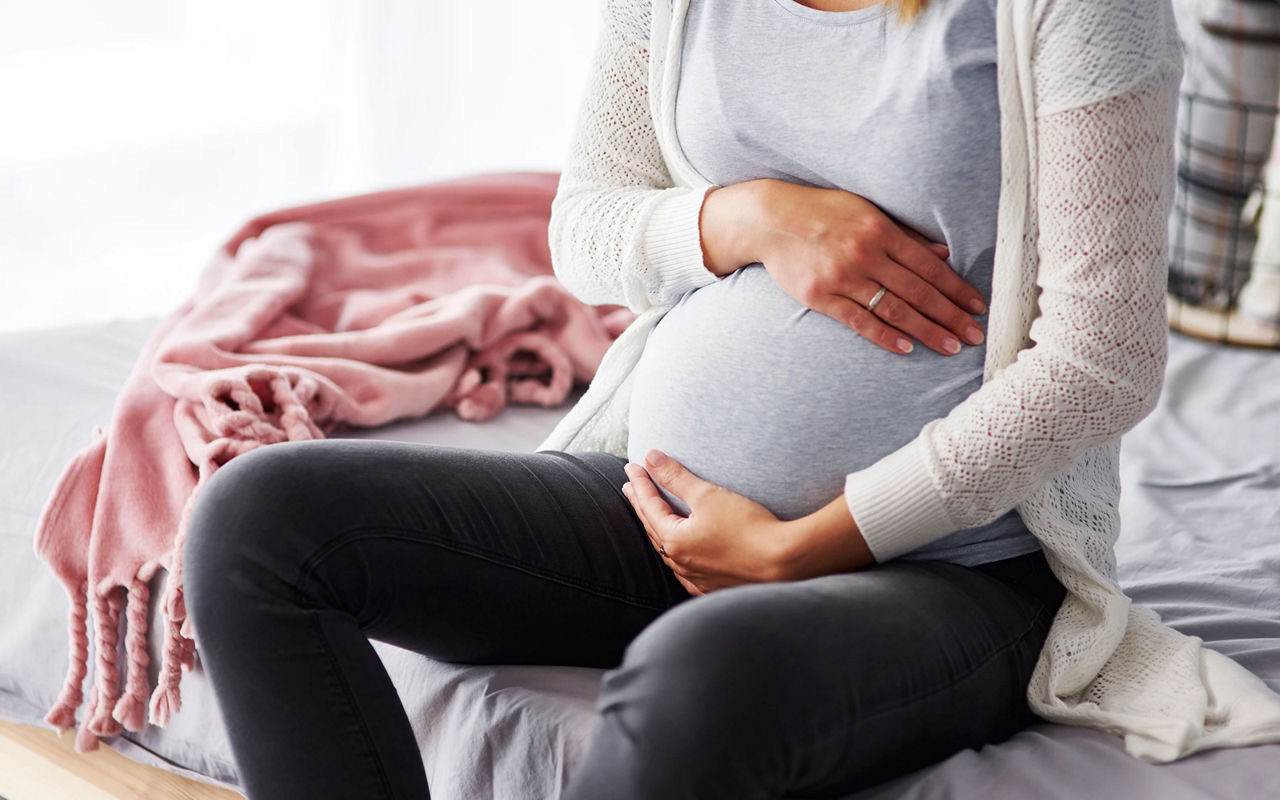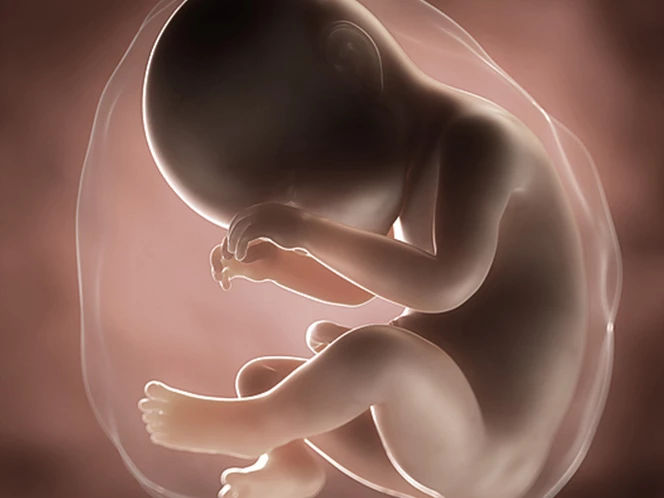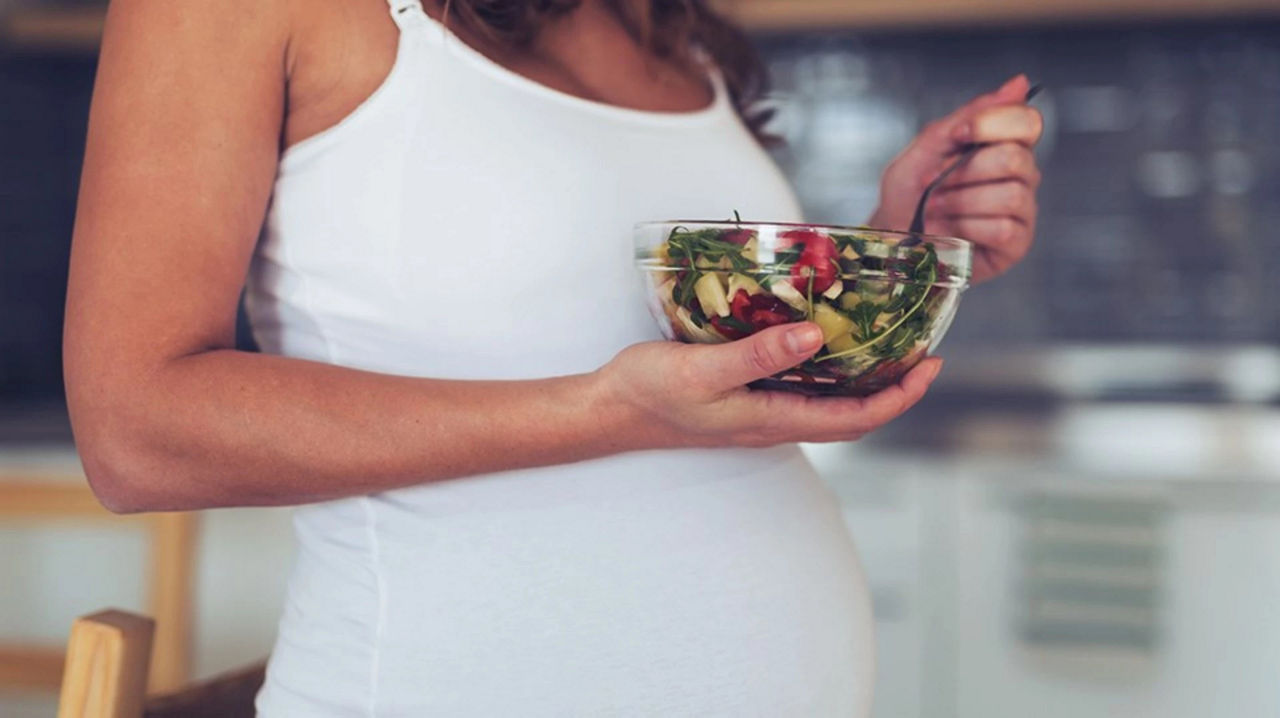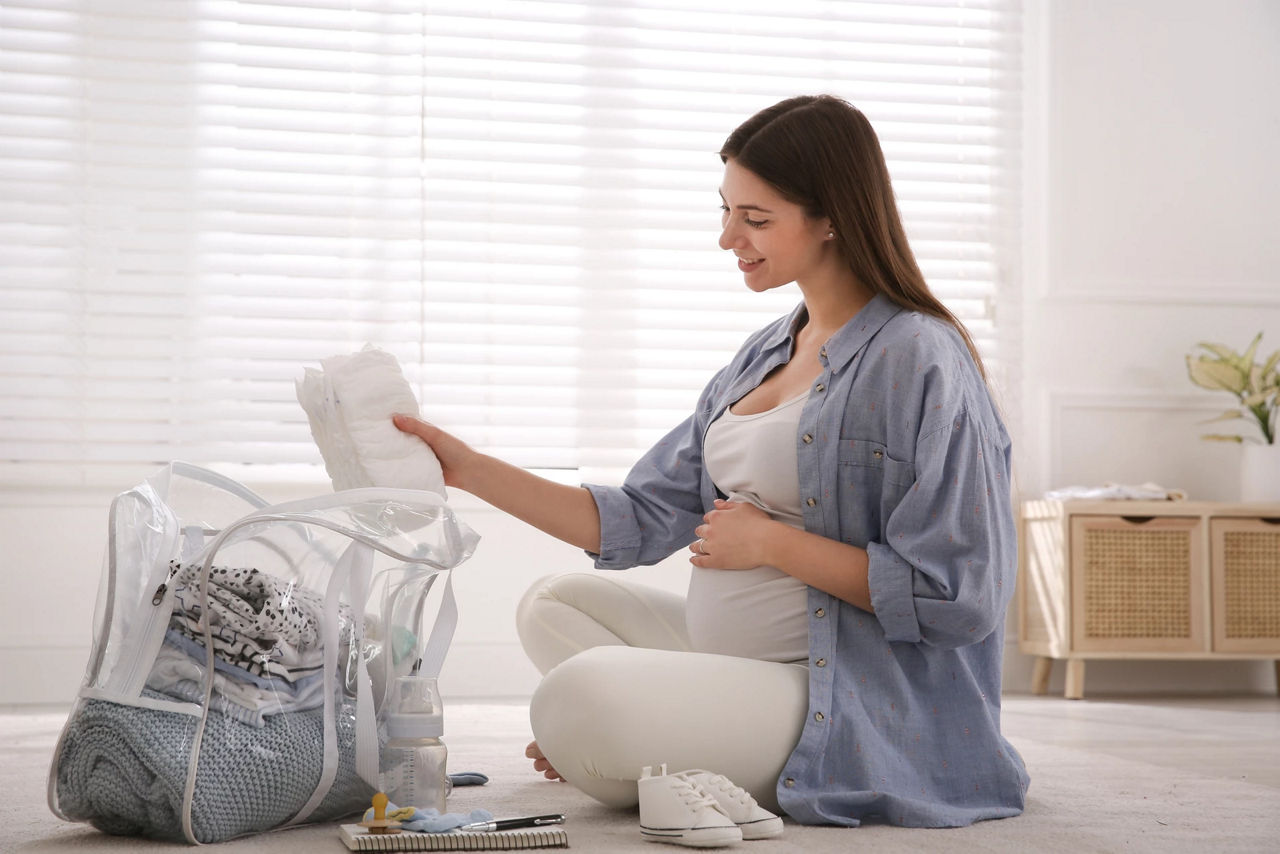At 38 weeks pregnant, you’re considered ‘full-term’, and are very close to your due date1. In most cases, labour will start anywhere between 38 - 42 weeks of pregnancy, and you’re probably noticing every little twinge and feeling as you wait for your baby to arrive.
It’s likely that you’ll have an antenatal appointment around about now, during which your midwife will check the size of your bump and your blood pressure. They’ll also check for protein in your urine to ensure that you’re not at risk of a condition known as pre-eclampsia.
As you approach your due date and are getting closer to meeting your baby for the very first time, here we’re exploring the 38 weeks pregnant symptoms not to ignore, signs of labour at 38 weeks pregnant, and how to make sure your hospital bag is packed and prepared for your new arrival.










